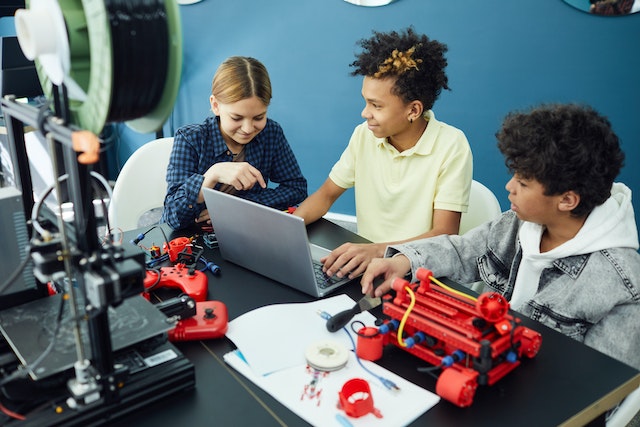The advent of 3D printing technology has revolutionized various industries, including the high quality mold manufacturing sector. In this comprehensive article, we will explore the rise of 3D printing, its effects on traditional mold making, and the future prospects of both technologies in the mold industry.
The Emergence of 3D Printing in the Mold Industry
- Brief Overview of 3D Printing: 3D printing, also known as additive manufacturing, is a process that involves creating three-dimensional objects from digital files by depositing materials layer by layer. This technology has been adopted in various industries, including automotive, aerospace, medical, and consumer goods manufacturing.
- 3D Printing Advantages: Some of the key advantages of 3D printing in mold manufacturing include reduced lead times, lower costs, increased design flexibility, and the ability to create complex geometries that may be difficult or impossible to achieve using traditional mold making techniques.
The Impact of 3D Printing on Traditional Mold Making
- Changing Design Approaches: 3D printing has encouraged mold manufacturers to rethink their design approaches. With the ability to create complex and intricate geometries, manufacturers can now design molds that were once considered impossible or too costly to produce using traditional techniques.
- Reduced Production Time and Costs: 3D printing allows for rapid prototyping and production of molds, significantly reducing lead times and costs associated with traditional mold manufacturing. This enables manufacturers to meet the increasing demand for faster product development cycles and reduced production costs.
- Improved Sustainability: The additive manufacturing process of 3D printing results in less material waste compared to subtractive methods used in traditional mold making. This makes 3D printing a more environmentally friendly and sustainable option for mold manufacturing.
- Customization and Mass Customization: 3D printing enables manufacturers to easily customize mold designs to cater to specific client requirements. This allows for mass customization, where multiple unique products can be produced simultaneously using a single mold.
Challenges for Traditional Mold Making in the Era of 3D Printing
- Adapting to New Technologies: Traditional mold manufacturers need to adapt to the rapidly evolving 3D printing technology to stay competitive in the market. This may involve investing in new equipment, training personnel, and adopting new design methodologies.
- Maintaining Relevance: As 3D printing continues to gain traction in the mold industry, traditional manufacturers must identify niche areas where their expertise and experience can still provide value to clients. This could include focusing on high-volume production or specialized materials that may not be suitable for 3D printing.
The Future of Mold Manufacturing: 3D Printing and Traditional Techniques Coexisting
- Complementary Technologies: It is essential to recognize that 3D printing and traditional mold making techniques can coexist and complement each other in the mold industry. While 3D printing is well-suited for prototyping and low-volume production, traditional mold making is still more efficient for high-volume production and certain materials.
- Hybrid Approaches: Innovative mold manufacturers are exploring hybrid approaches that combine the best of both 3D printing and traditional mold making. These approaches can leverage the strengths of each technology to optimize production processes, reduce costs, and improve overall efficiency.
- Continuous Innovation: The mold manufacturing industry will continue to evolve as new technologies and materials are developed. Both 3D printing and traditional mold making techniques will need to adapt to these changes in order to remain competitive and relevant in the market.
Conclusion
The rise of 3D printing has significantly impacted traditional mold making, forcing manufacturers to adapt their processes and strategies

